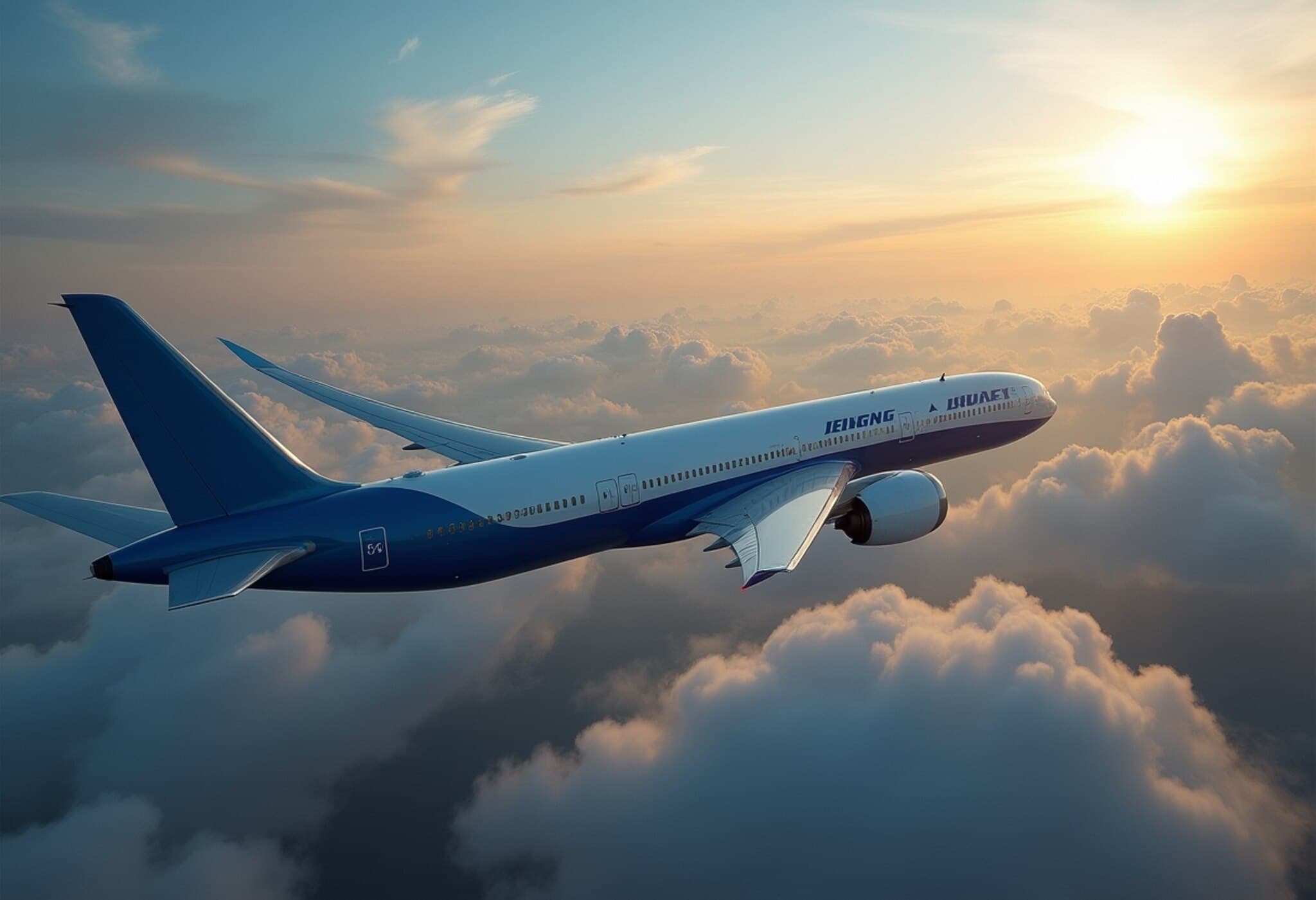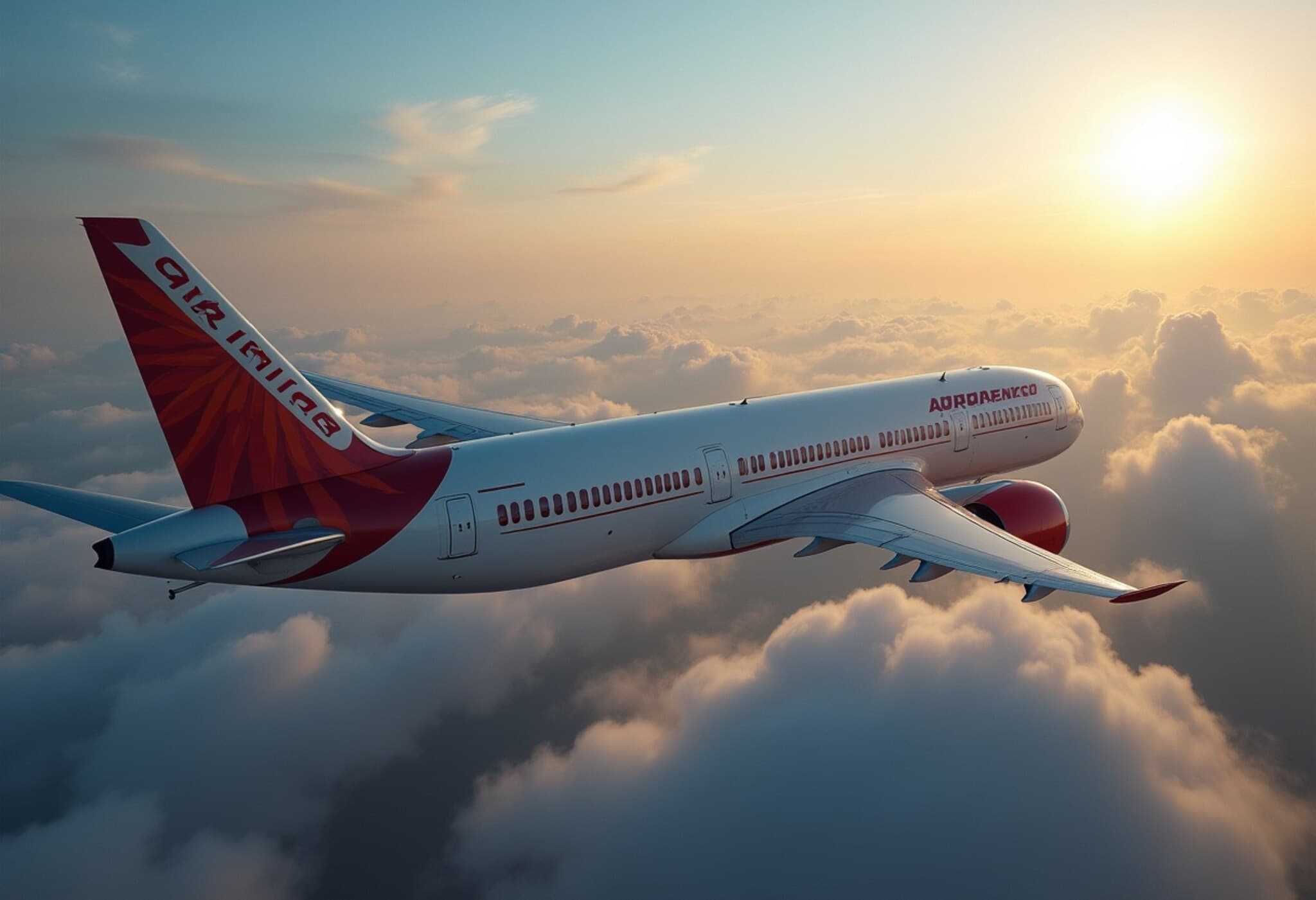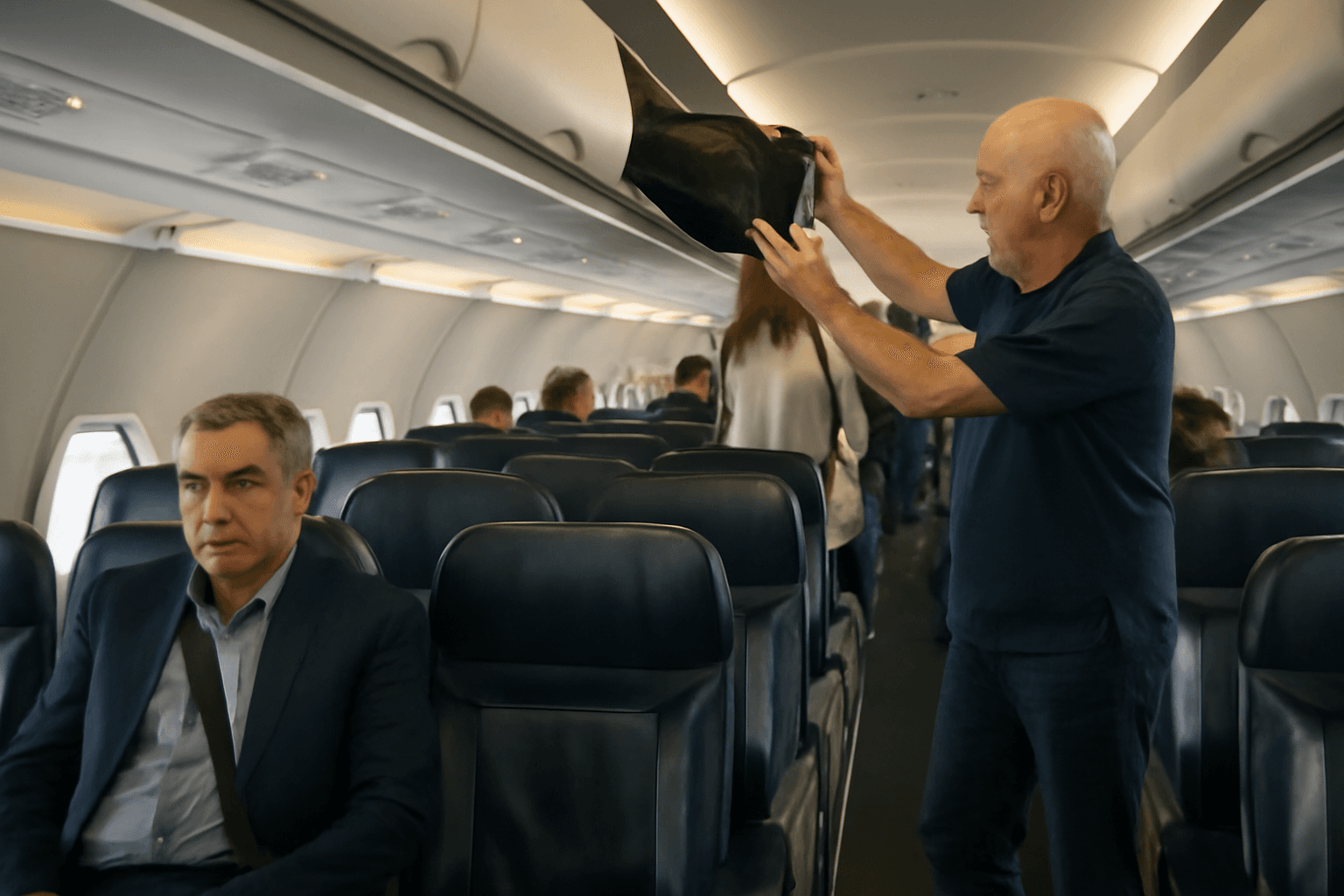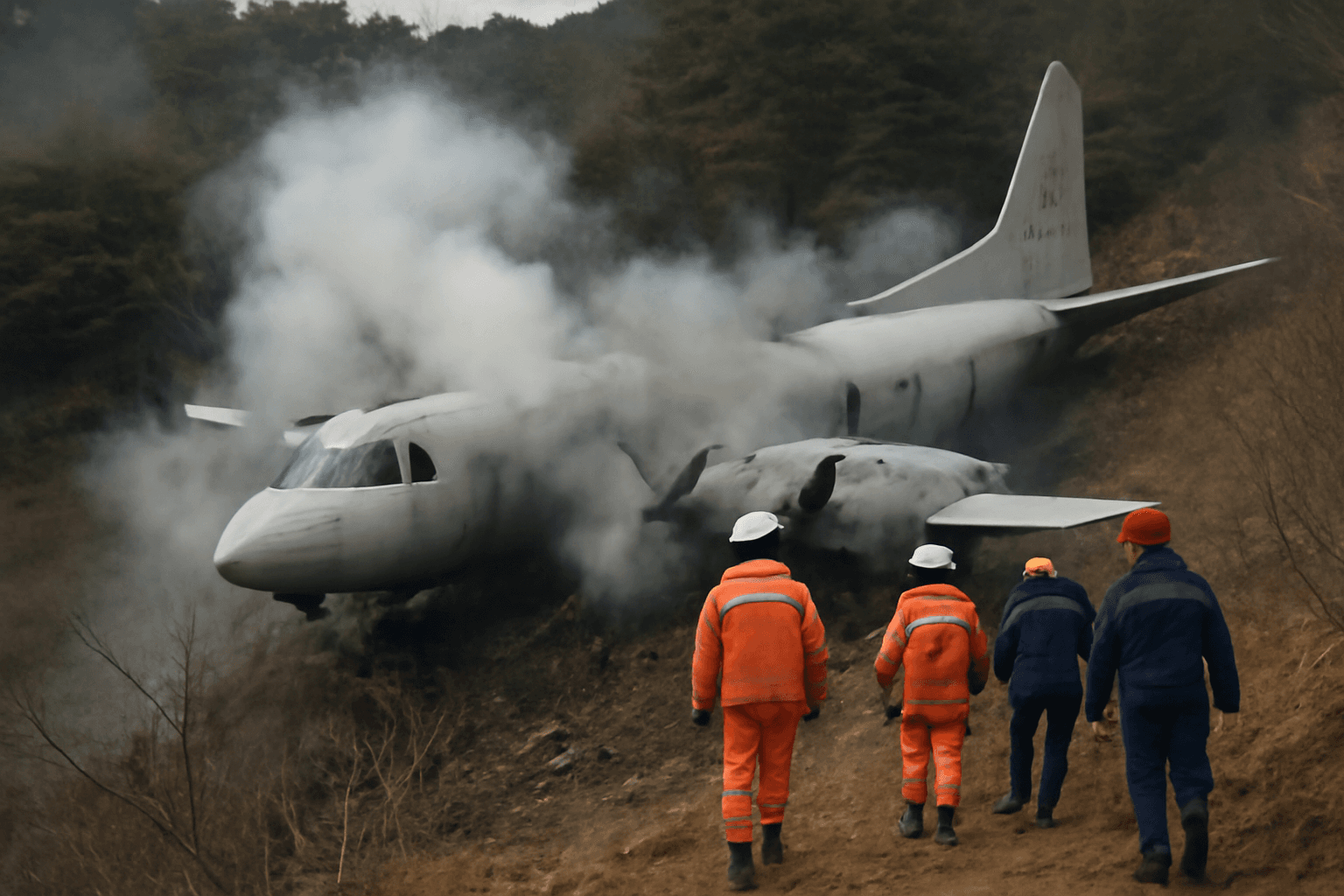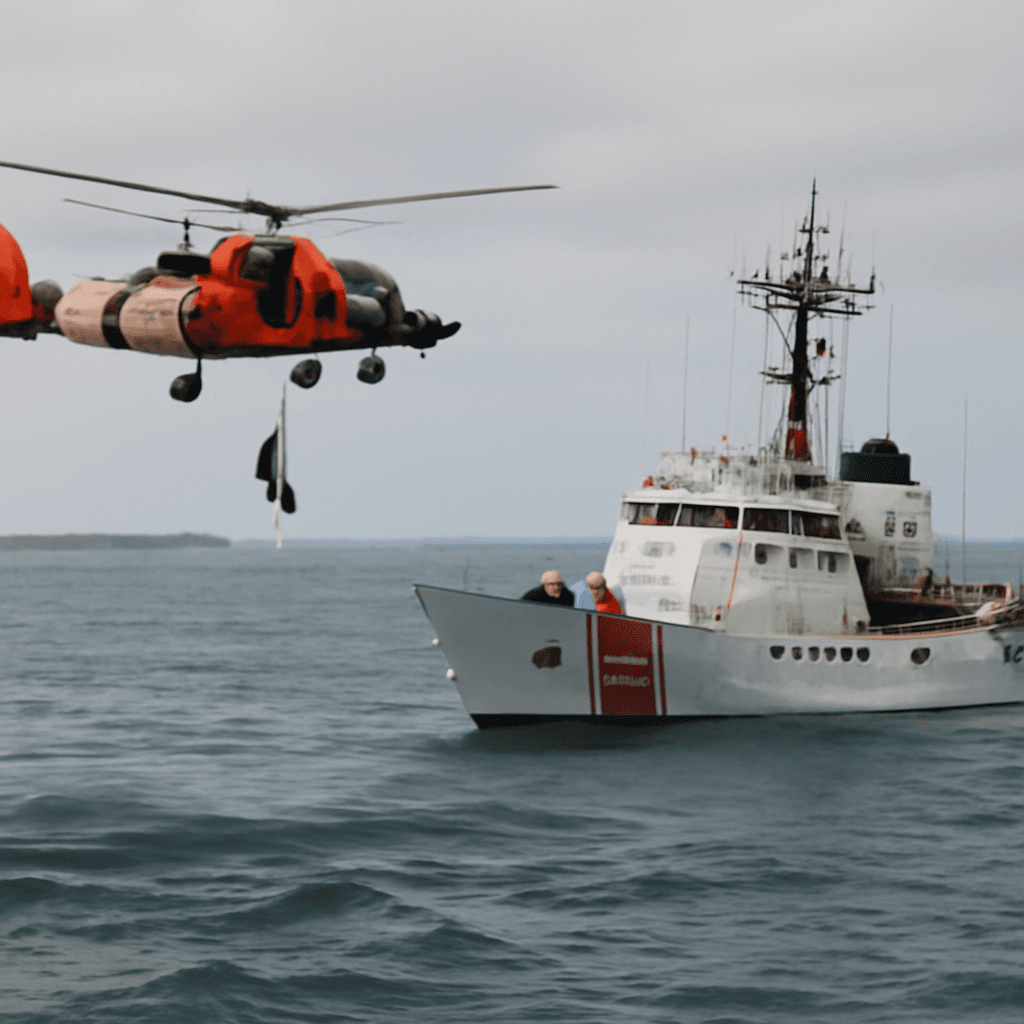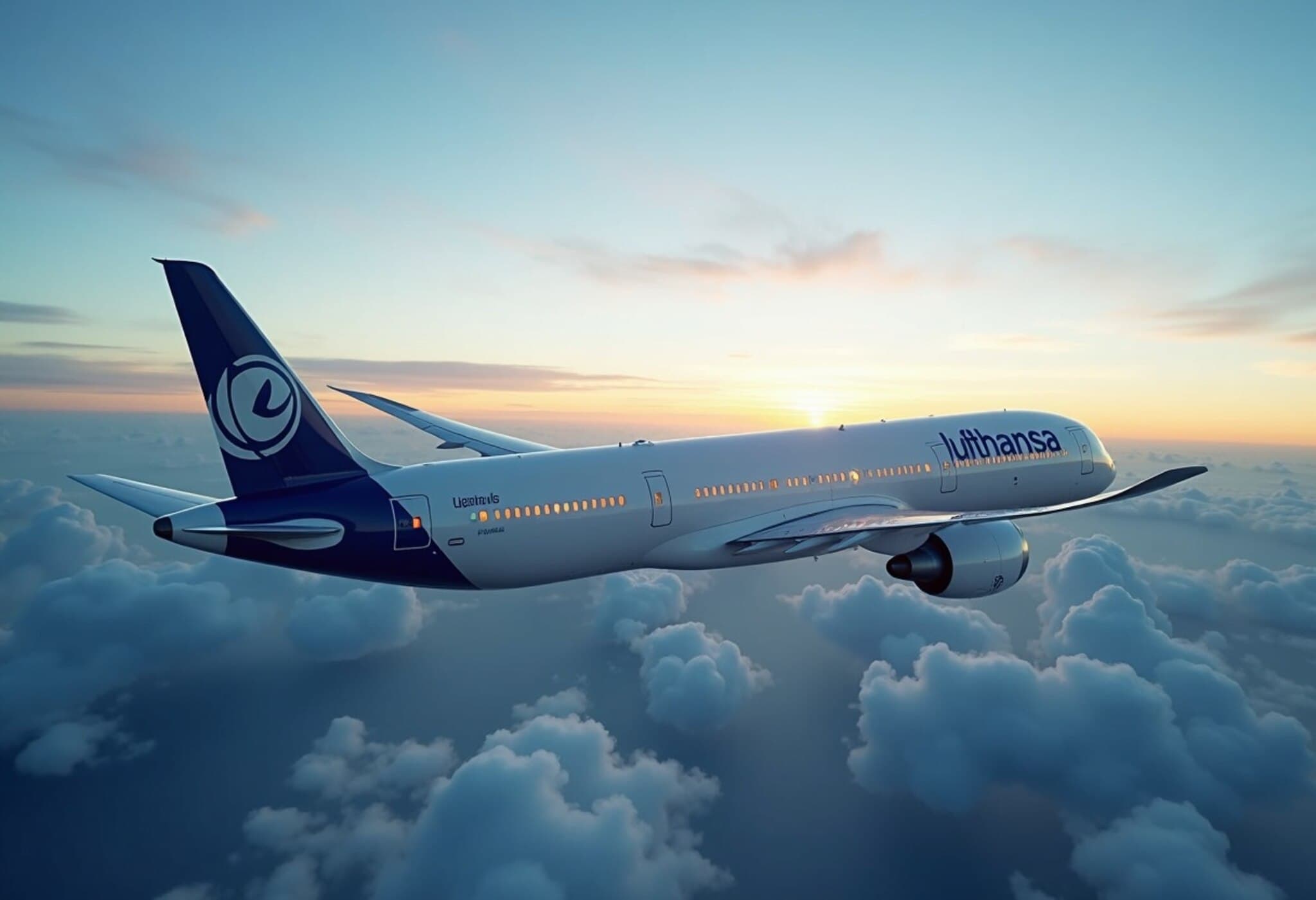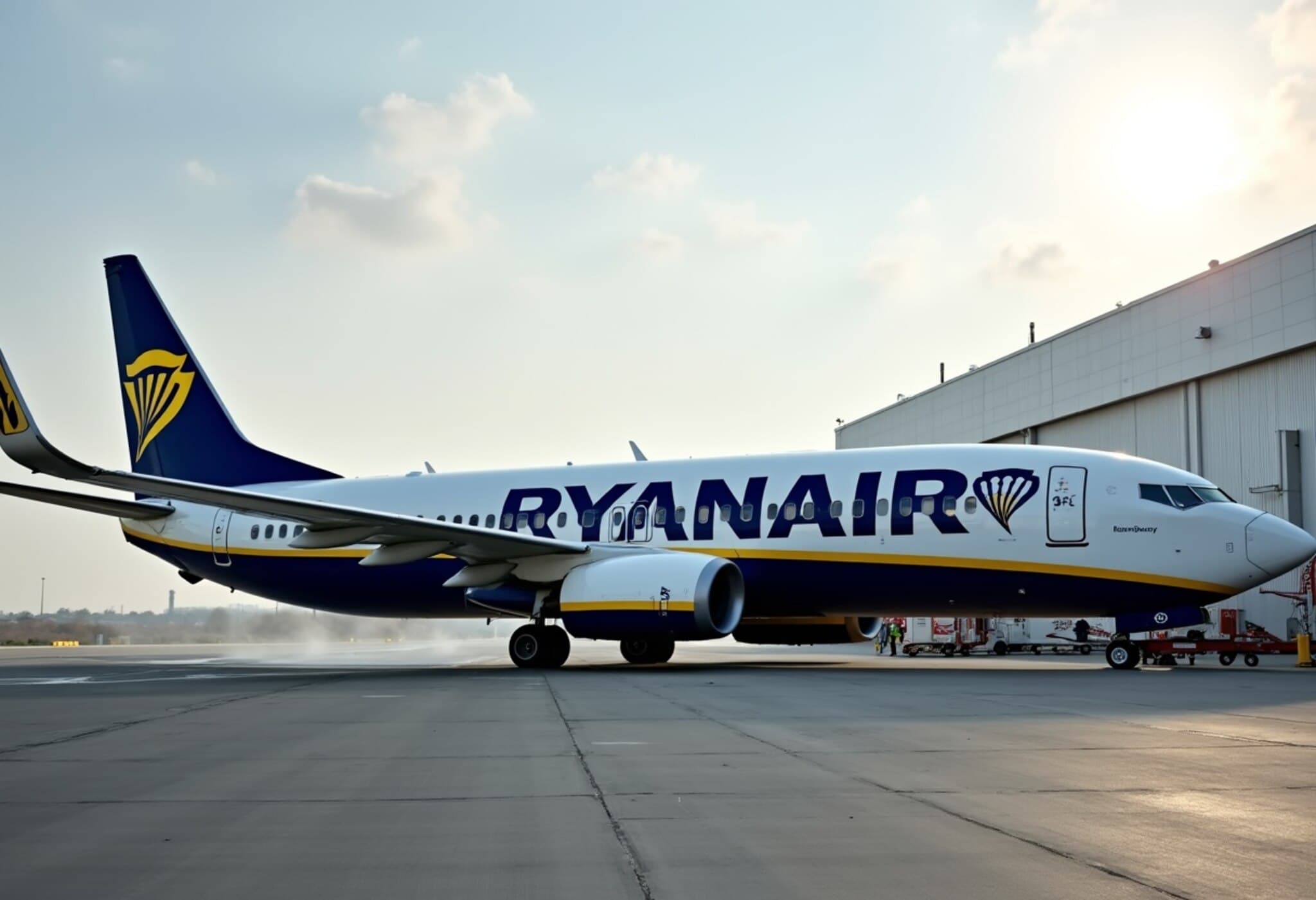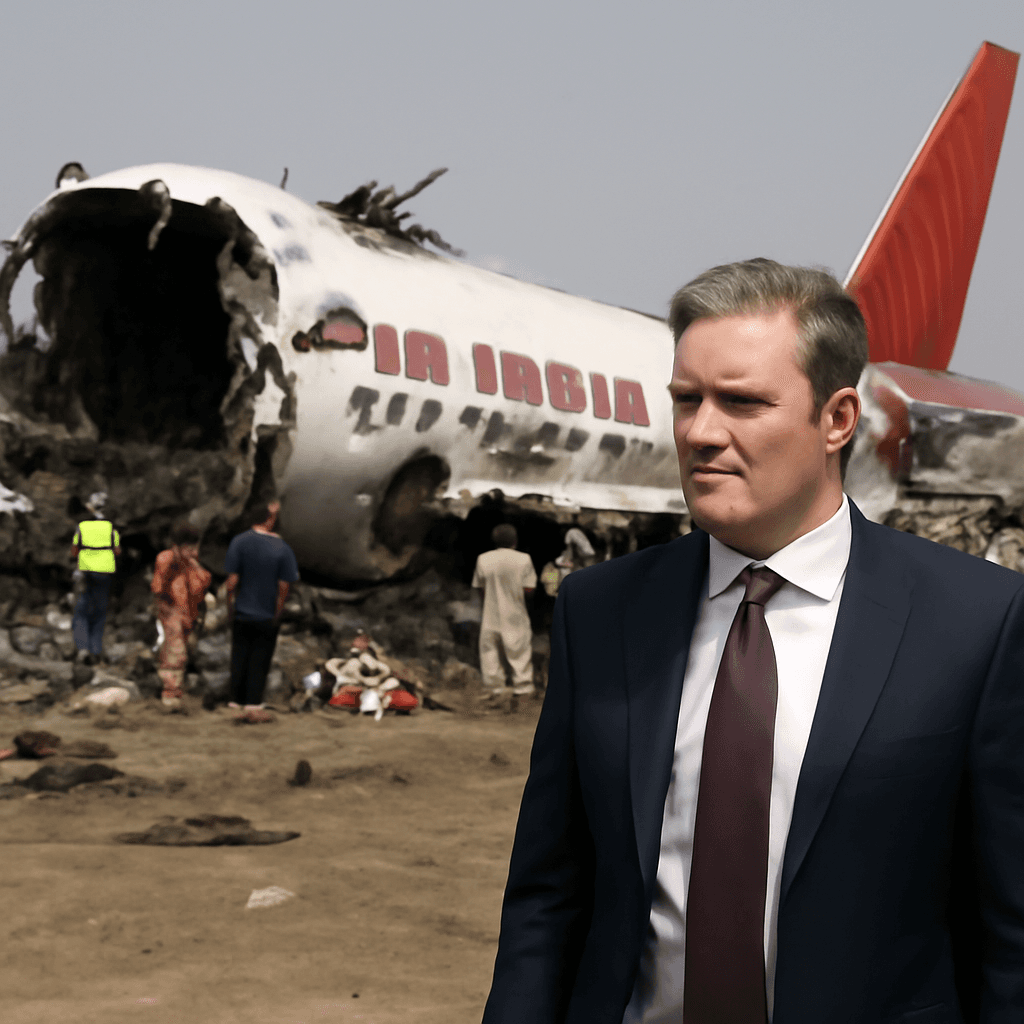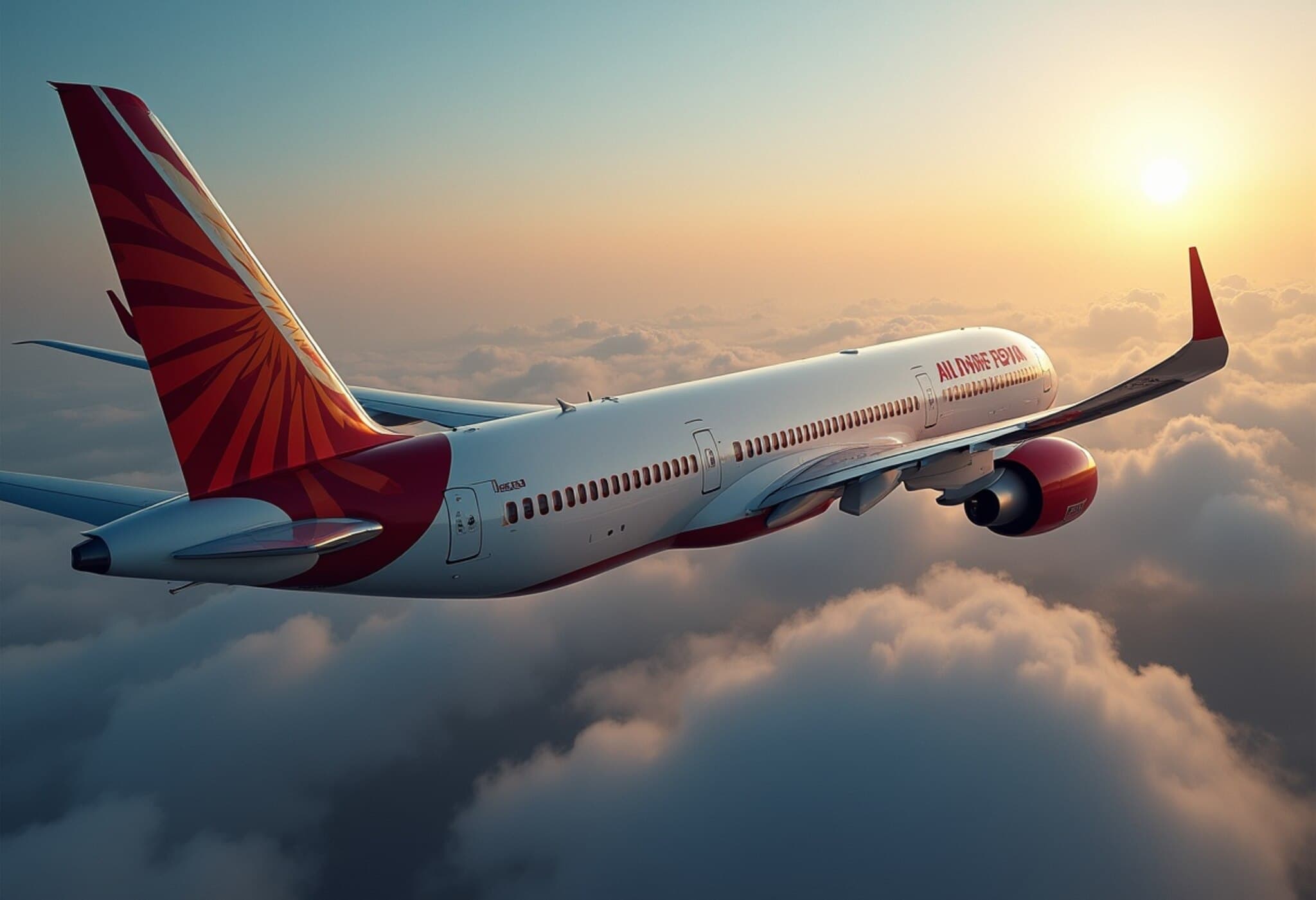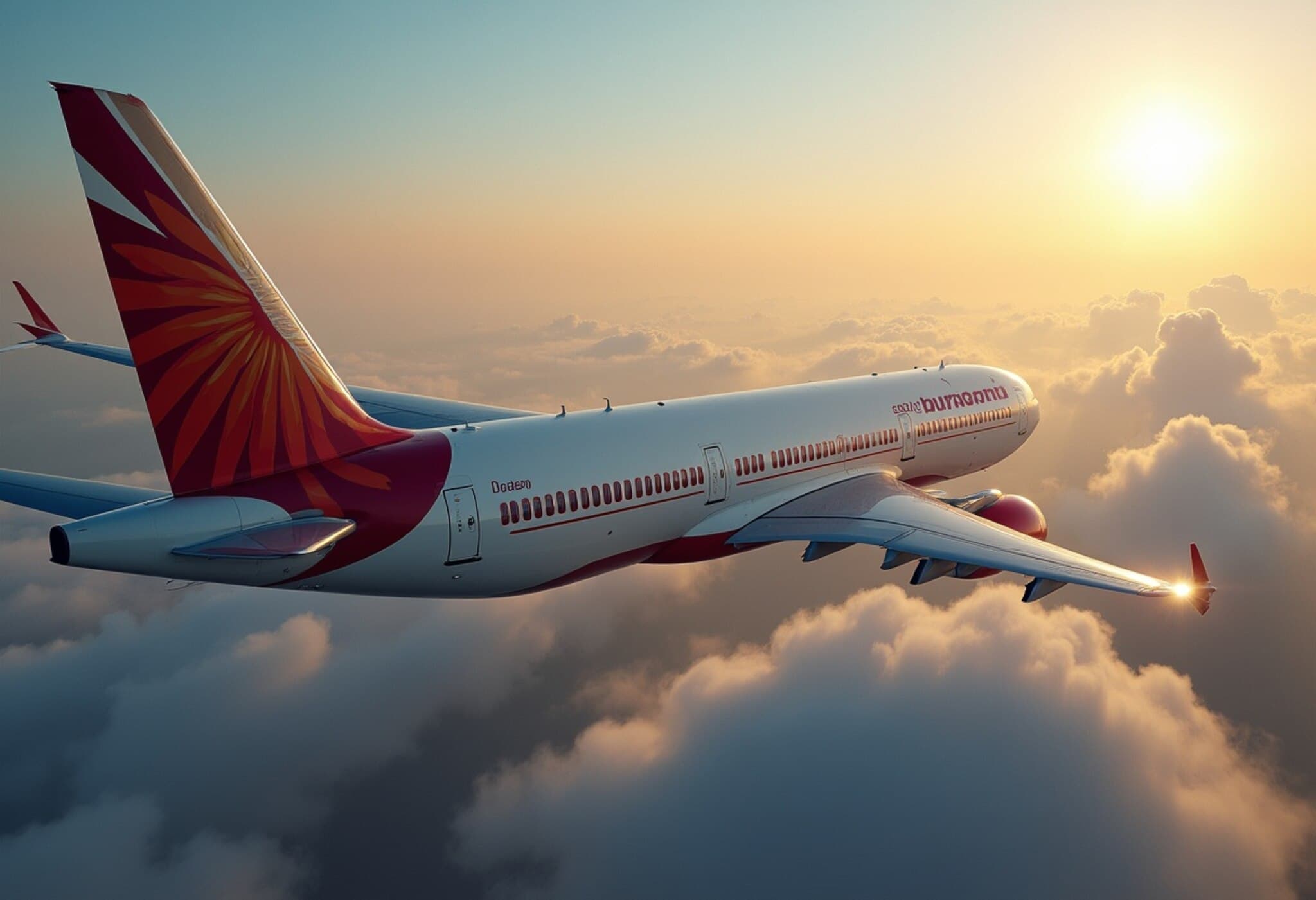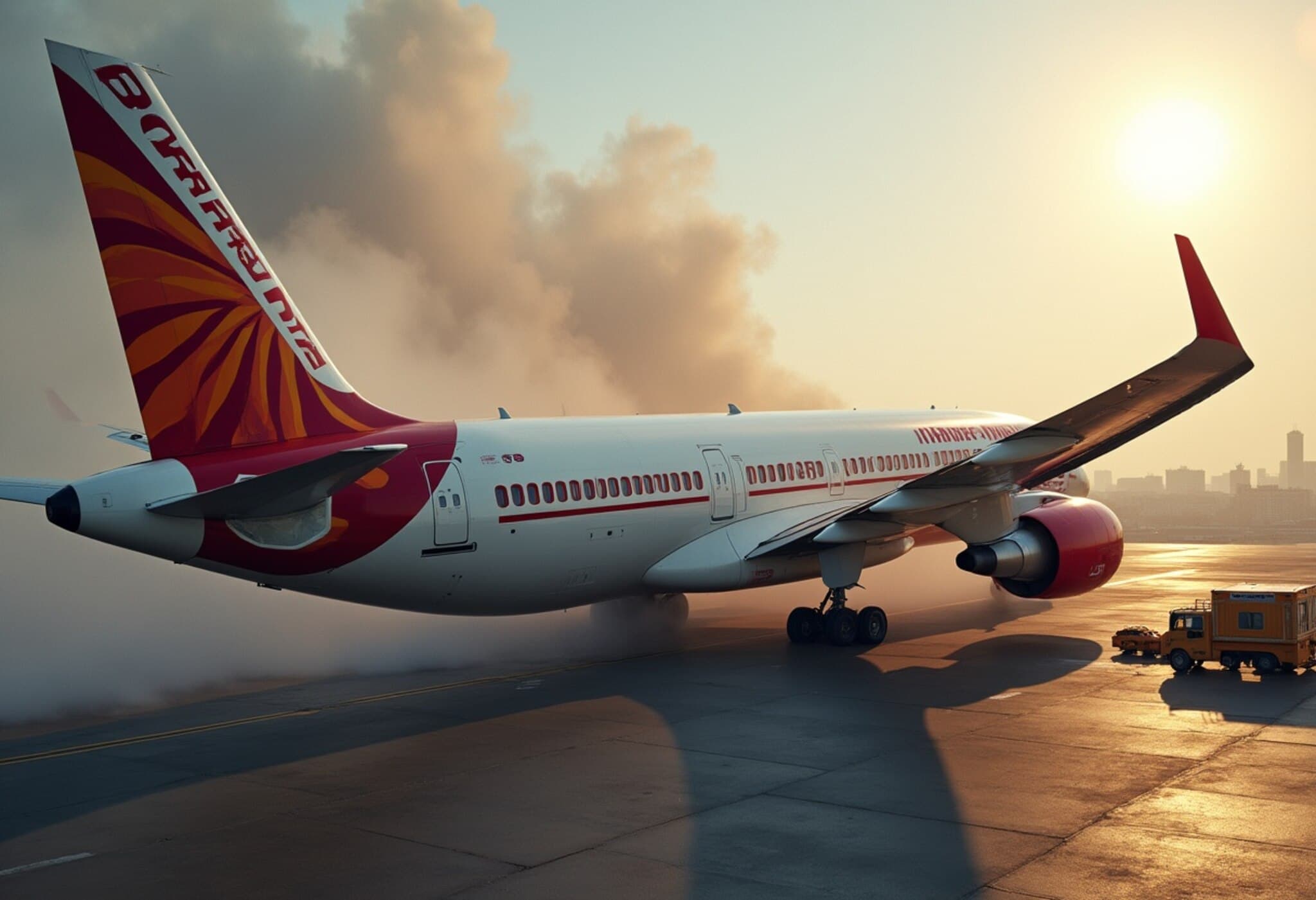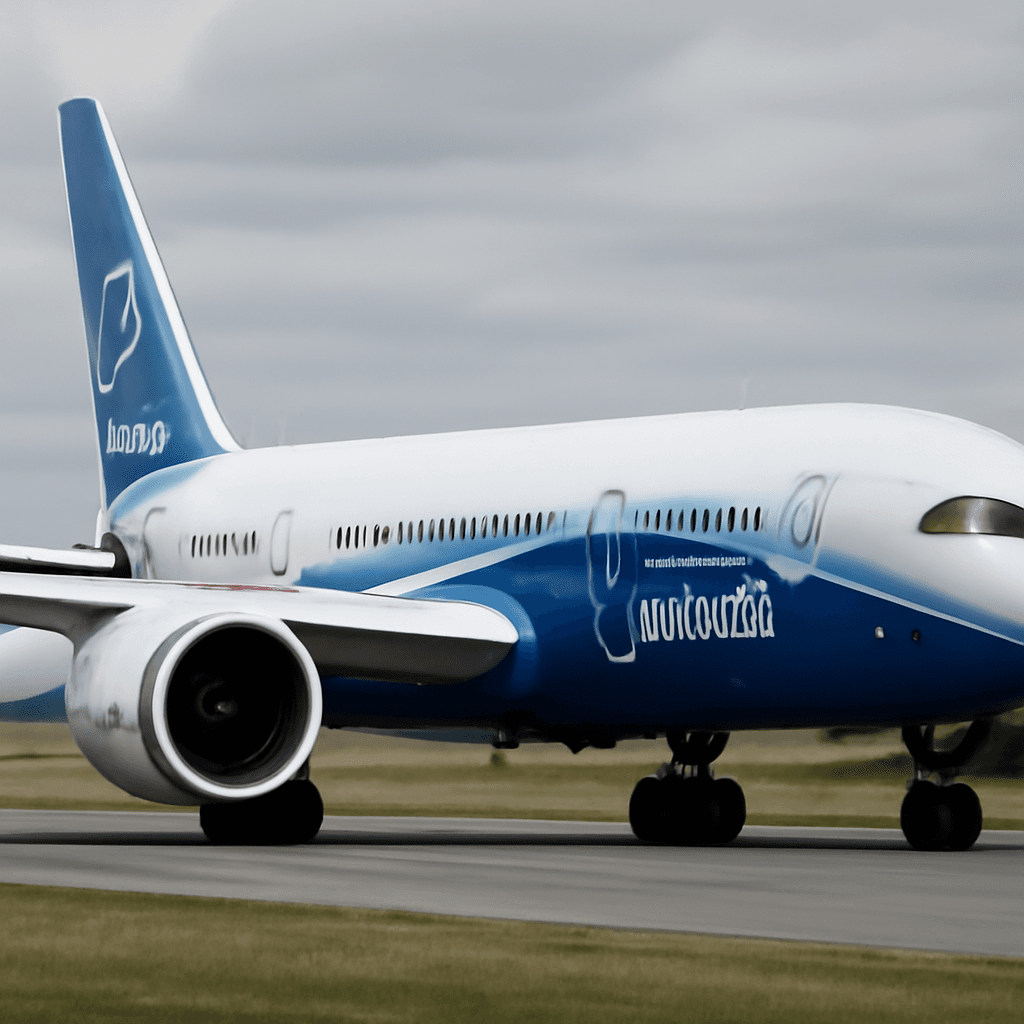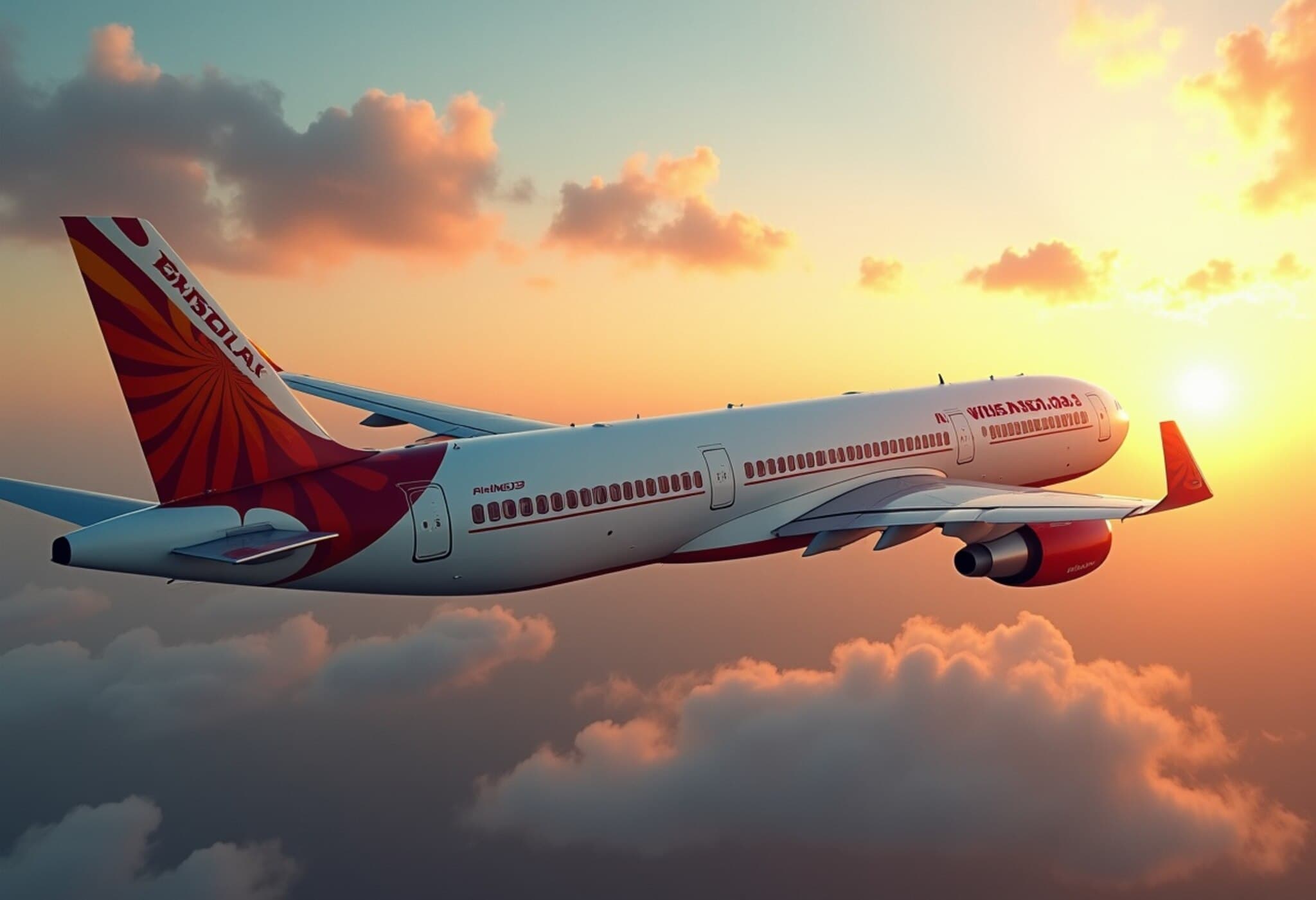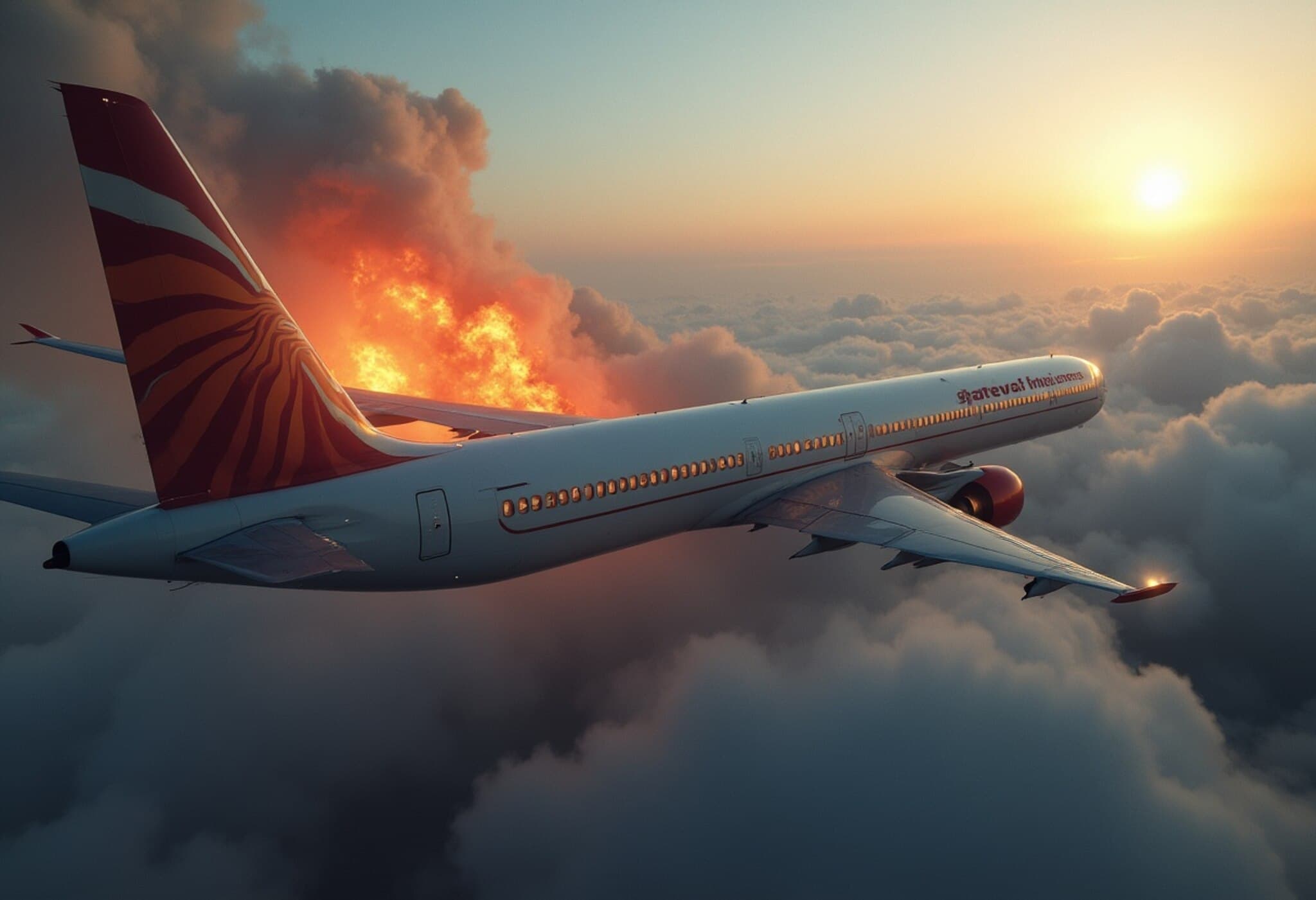The Ahmedabad Plane Crash: A Boeing 787 Dreamliner in the Spotlight
On a tragic afternoon, Air India's flight AI 171, carrying 242 passengers bound for London, crashed shortly after takeoff from Ahmedabad. The aircraft involved was a Boeing 787 Dreamliner — a modern, fuel-efficient wide-body jet that represents one of Boeing’s flagship models built for long-haul flights.
Despite its reputation as an advanced and safe aircraft, the Dreamliner has faced scrutiny due to technical issues in recent years. This devastating accident has reignited attention on safety warnings raised by whistleblowers who claimed critical flaws within the 787’s assembly could compromise structural integrity.
Whistleblower Revelations: Safety vs. Profit
Nearly a year before the crash, Sam Salehpour, a Boeing engineer with almost two decades of experience, publicly voiced concerns about assembly defects in the 787 Dreamliner. He warned that small but significant gaps and improper structural assembly might accelerate wear and lead to potential failures.
Salehpour also accused Boeing of prioritizing rapid market deployment over thorough safety checks. According to his legal representatives, instead of addressing these issues, the company allegedly retaliated by transferring him away from the 787 program to the 777 line, effectively sidelining his protests.
In Senate testimony, Salehpour described the Dreamliner's fuselage as having persistent structural challenges that could endanger passenger safety. Boeing, for its part, has consistently defended the Dreamliner’s design and refuted claims of retaliation, expressing full confidence in the aircraft’s safety.
Government Investigation and Additional Whistleblower Claims
The Federal Aviation Administration (FAA) launched an inquiry following Salehpour’s allegations and later clarified that all 787 planes currently in operation meet existing safety criteria.
However, in June of last year, a second whistleblower, Richard Cuevas, stepped forward, suggesting ongoing manufacturing issues. Cuevas, who was involved in quality oversight of the fuselage’s forward pressure bulkhead—a critical component responsible for maintaining cabin pressure—claimed he was dismissed abruptly after raising concerns.
His complaints filed with the FAA and the Occupational Health and Safety Administration describe severe deviations in manufacturing standards. His legal team pointed out that these safety concerns, if true, could mean public statements by Boeing and its subcontractors regarding the Dreamliner’s safety are misleading.
Current Status of the Ahmedabad Investigation
Authorities, including Air India and India’s Directorate General of Civil Aviation (DGCA), continue to investigate the exact cause of the crash. Meanwhile, Boeing has expressed readiness to support the airline during this crisis.
Tragically, of the 242 individuals on board, the majority were Indian nationals (169), accompanied by 53 British, 1 Canadian, and 7 Portuguese passengers. Although a mayday call was sent shortly after takeoff, communication with air traffic control was lost. Authorities have confirmed at least one survivor from the incident.
Looking Ahead
This crash raises challenging questions about aircraft safety standards and corporate responsibility. While the Boeing 787 Dreamliner remains a widely regarded modern aircraft, the testimonies from whistleblowers emphasize the critical importance of transparency and rigorous safety protocols in aviation manufacturing.
As investigations proceed, the aviation community and passengers worldwide await clearer answers to prevent such tragedies in the future.

